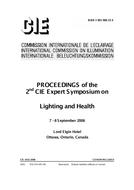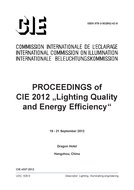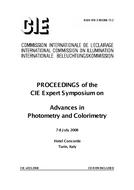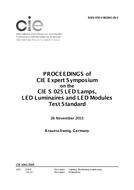Description
Shading control strategies are nowadays employed in office environments to improve the visual comfort of the user. These strategies are often solely illuminance-based whereas comfort metrics as the Daylight Glare Probability (DGP) also need luminance values. In previous studies, daylight glare has been assessed by calculating the DGP from luminance maps obtained via a luminance camera or from a High Dynamic Range (HDR) image obtained with a commercially available camera. These detectors are traditionally mounted close to the user and aligned with the viewing direction. In real office environments, this camera position is impractical, and simulations based on machine learning techniques have shown a relation between the DGP from an observer’s viewpoint and the DGP calculated from a ceiling camera. This paper experimentally validates this method in a real office environment by using two different cameras and two different illuminance sensors, i.e., a low-cost illuminance sensor and a calibrated sensor. Both cameras render similar results, although one camera overestimates the DGP. Moreover, the shortcomings of the simulation results are pinpointed and the obstacles for a realistic application are addressed. Furthermore, it was found that when moving the cameras to different positions, the sun position was shown to be an informative additional input for correlating the two DGP values. In future work, additional data will be analysed to determine the performance in other weather conditions and window orientations.
Product Details
- Published:
- 09/29/2021
- Number of Pages:
- 7
- File Size:
- 1 file , 1.1 MB
- Note:
- This product is unavailable in Belarus, Russia




